Explanation
This pavilion is located on a seaside cliff on the way from Yangyang’s Naksansa Temple to Gwaneumgul Cave of Hongnyeonam Hermitage. The word “dae” in Uisangdae refers to a building built at a vantage point for areas with beautiful scenery. Indeed, the view of the East Sea and the coast from Uisangdae Pavilion awarded its recognition as one of the Eight Sights of Yangyang, and a must-visit place for all visitors to Naksansa Temple. Jeong Cheol (pen-name: Songgang), a famed scholar and writer of the poem Song of Diamond Mountains, chose the pavilion as one of the Eight Sights of Gwandong, and the pavilion is today one of the popular sites for sunrise-viewing on the east coast of Korea. Together with Hongnyeonam Hermitage, it is designated as the Scenic Site No. 27 of Korea under the name “Uisangdae Pavilion and Hongnyeonam Hermitage of Naksansa Temple, Yangyang.” Uisangdae is named after Uisang, a respected Silla-era Buddhist monk who is said to have founded this temple in 671 (11th year of King Munmu’s reign of Silla), and many stories of his deeds can still be found in the temple. For instance, Uisangdae is said to be the site where he meditated before founding Naksansa Temple at its present site. Today’s pavilion was restored to its present hexagonal form in 1995.
Inquiry
+82-33-672-2447
Homepage
Information Use
Contact and Information : +82-33-672-2447
Parking facilities : Available
Day off : N/A (Open all year round)
Hours : 06:00-18:30 (Last admission 17:30)
More information
Film Locations
Filming site of the TV Show "Taejo Wang Geon (2000)"
Available Facilities
Uisangdae Pavilion, Naksansa Temple
Admission Fees
Free
Parking Fees
4,000 won
Restrooms
Available
Interpretation Services Offered
None
Reservation Info. for Foreigners
None
Location
100 Naksansa-ro, Yangyang-gun, Gangwon-do
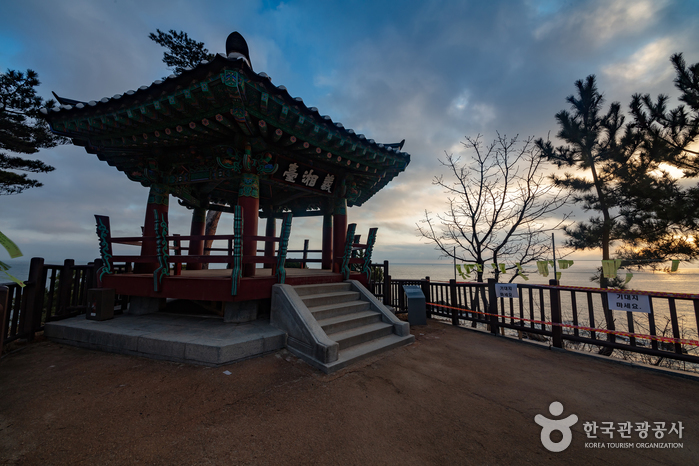

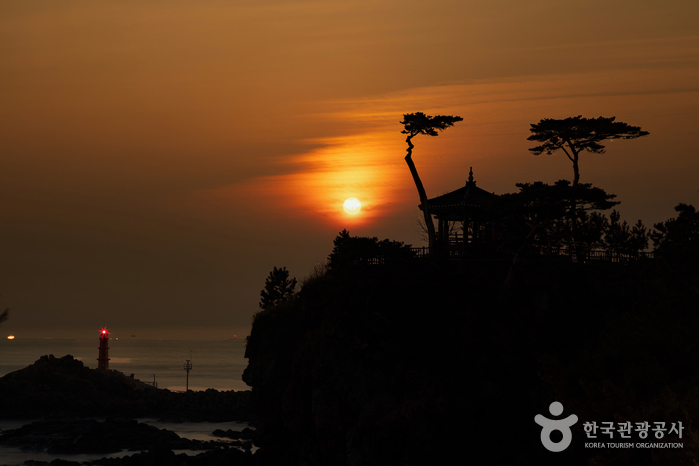
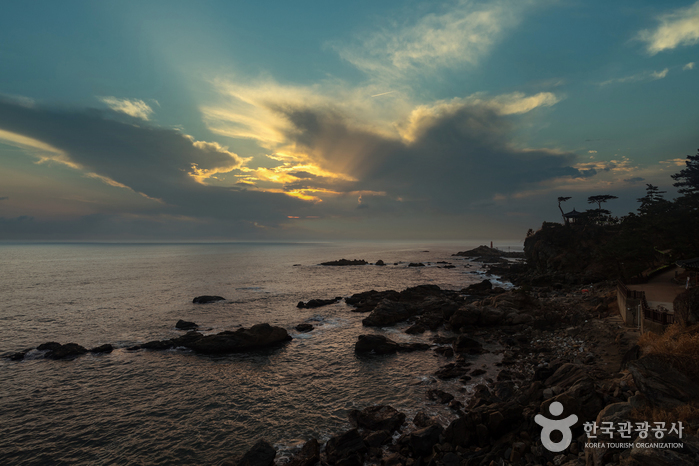
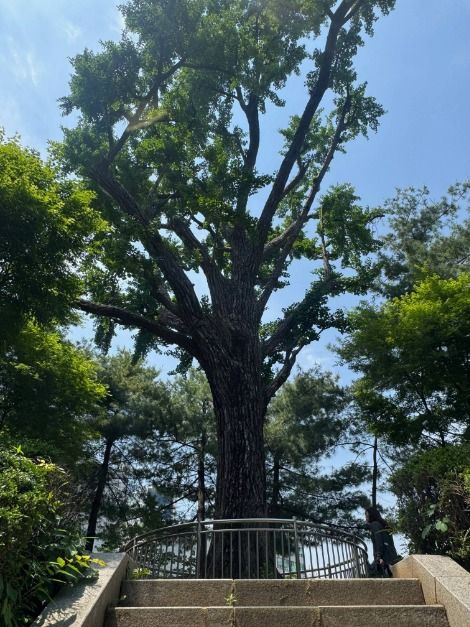
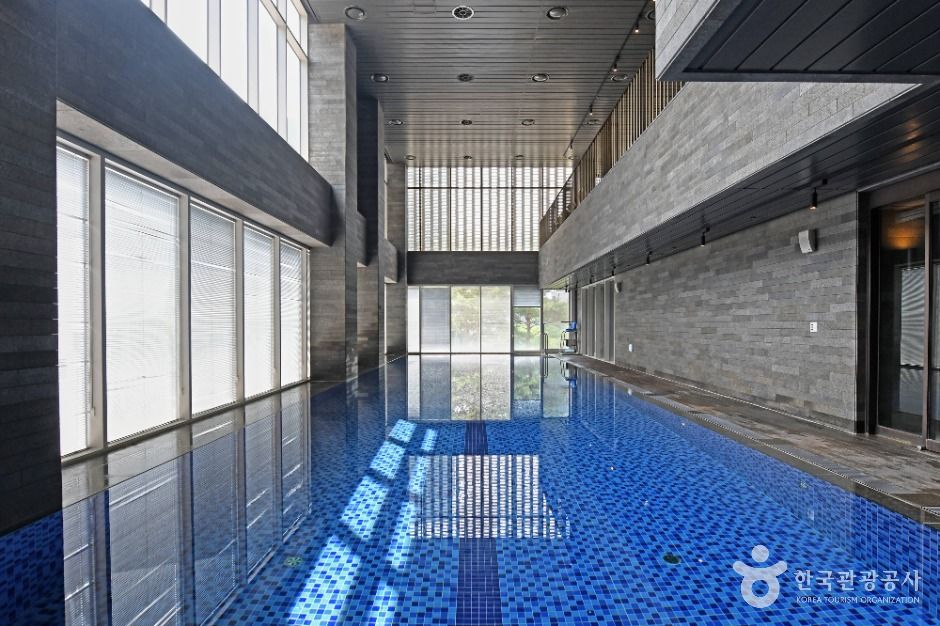
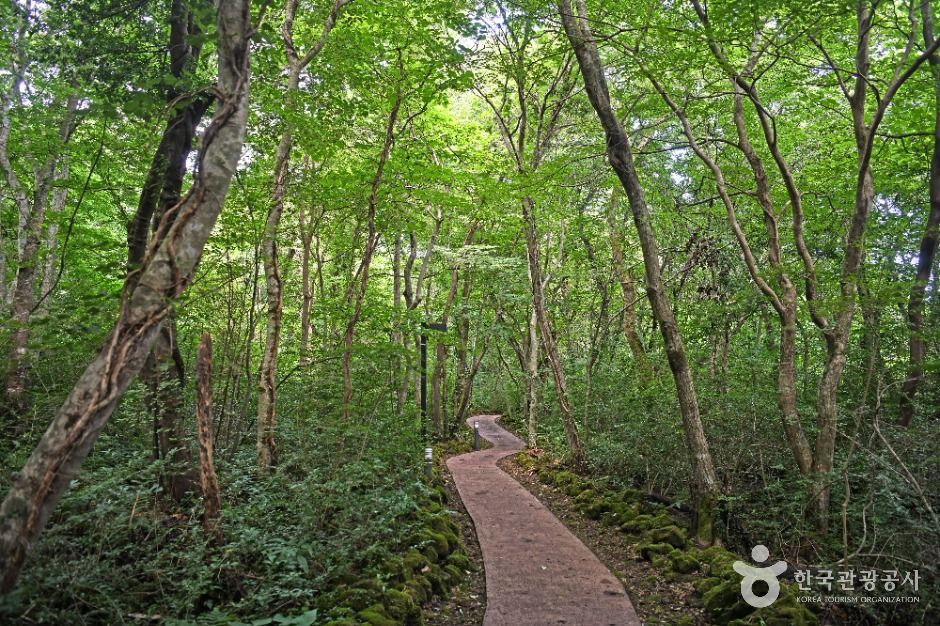
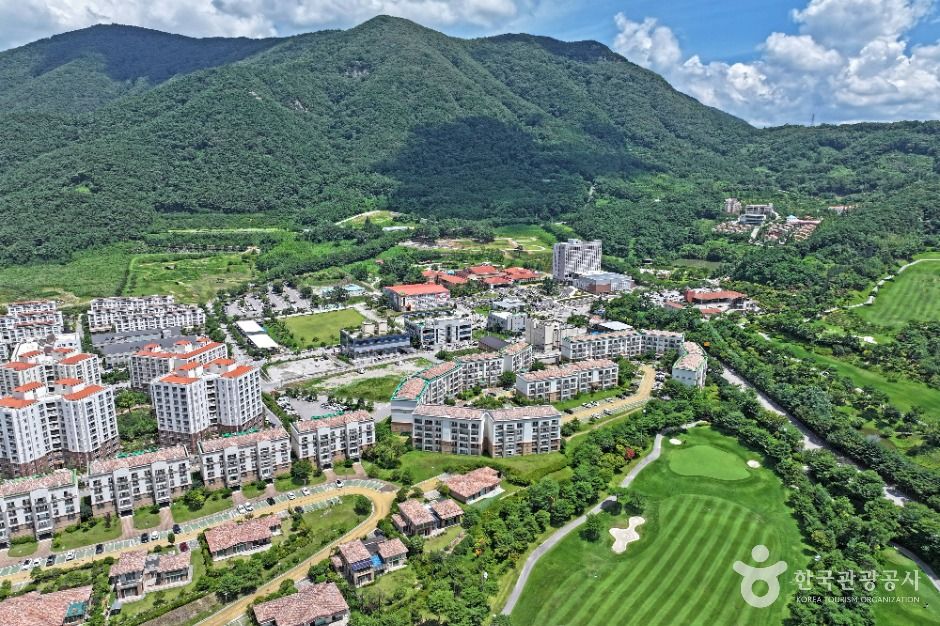
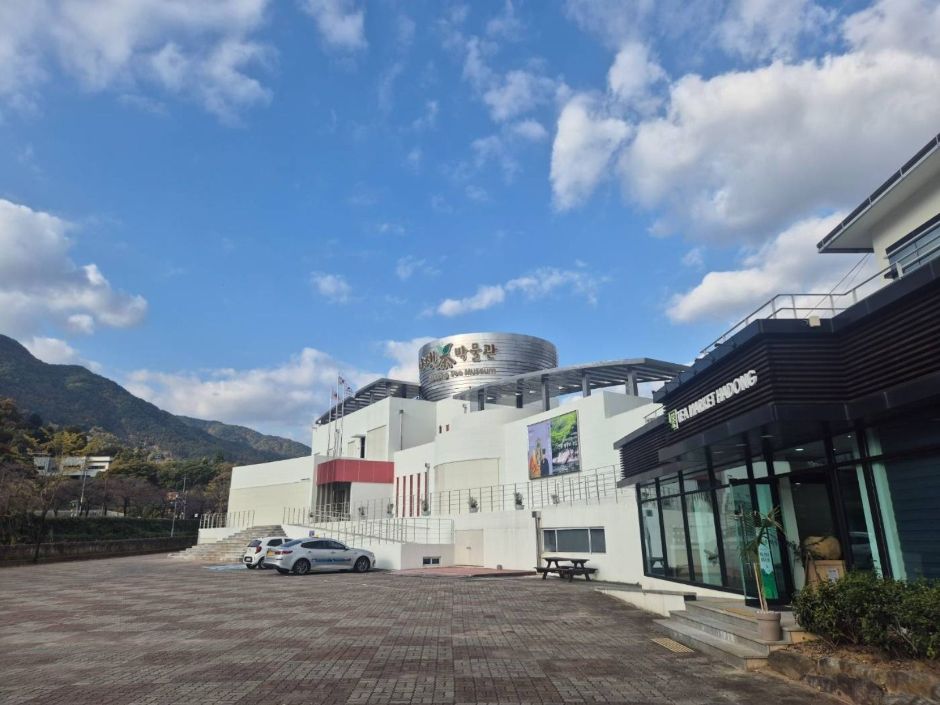
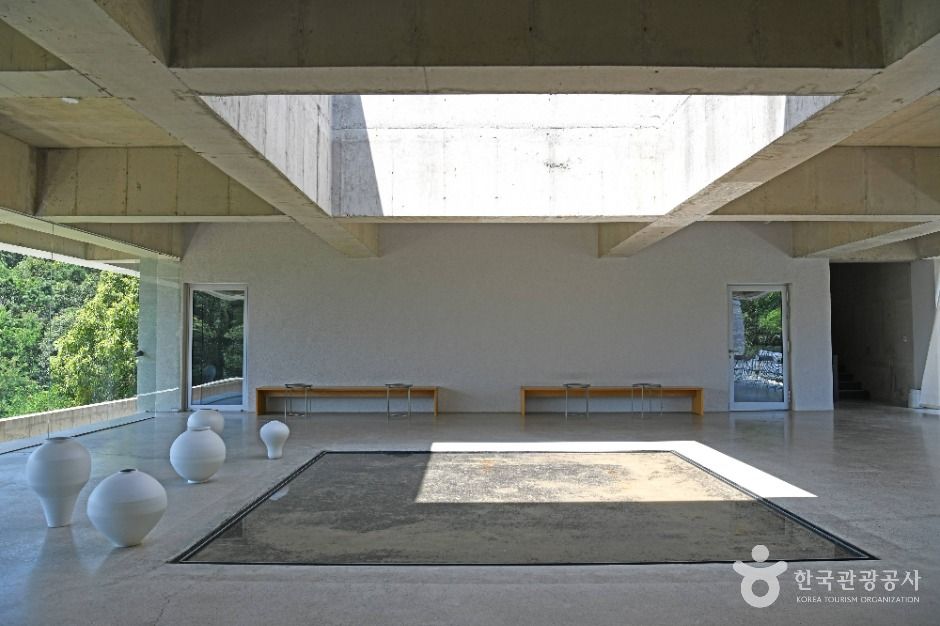

 English
English
 한국어
한국어 日本語
日本語 中文(简体)
中文(简体) Deutsch
Deutsch Français
Français Español
Español Русский
Русский